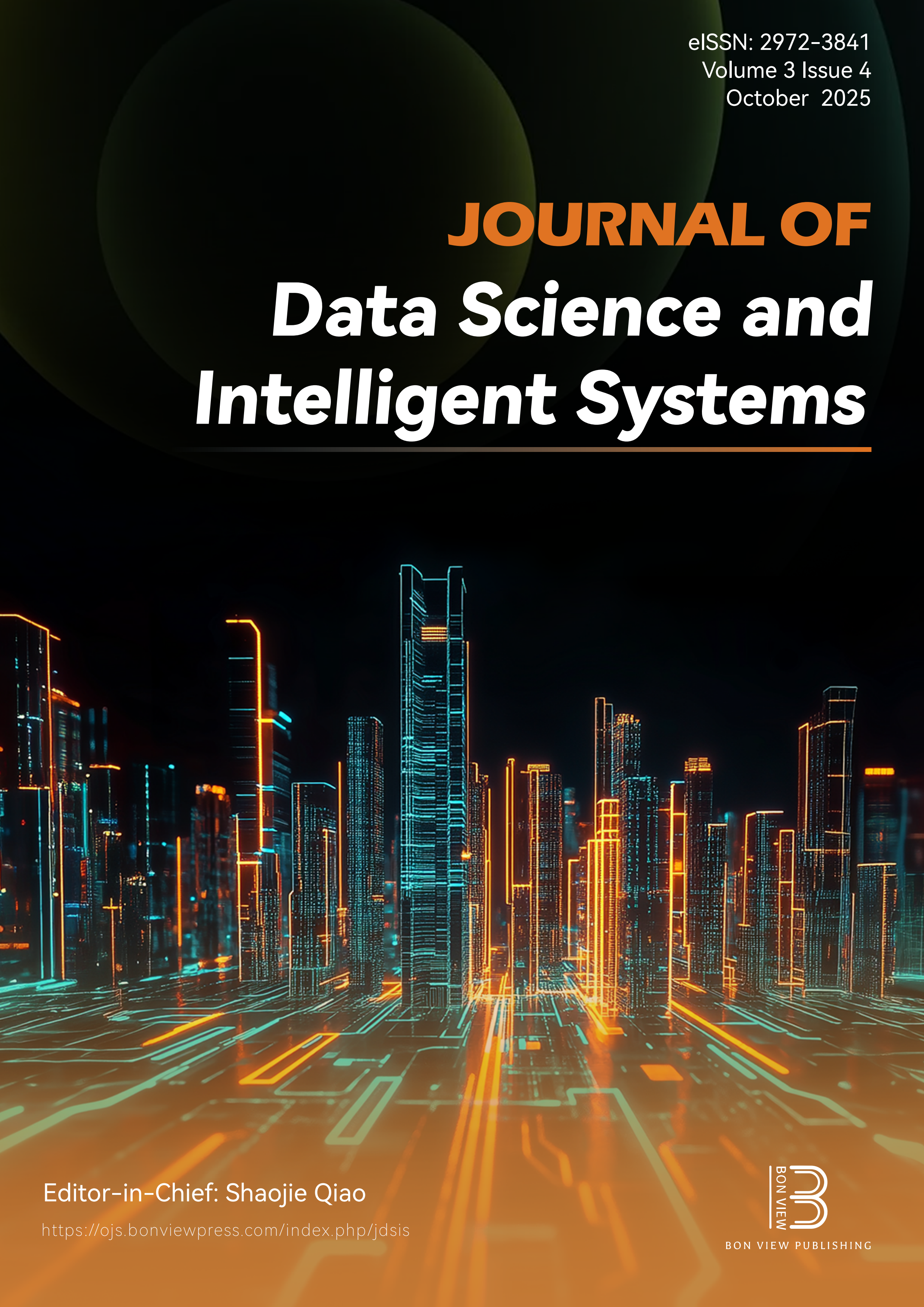Enhancing Cardiac Health Diagnoses Through Machine Learning Analysis of Phonocardiograms (PCG)
DOI:
https://doi.org/10.47852/bonviewJDSIS52023774Keywords:
phonocardiogram, machine learning, cardiac health diagnostics, signal analysis, feature extractionAbstract
Phonocardiograms (PCG) provide a non-invasive approach to analyzing heart sounds, making them vital for the early detection of cardiac issues. However, identifying the most effective machine learning models and feature extraction techniques for classifying PCG signals remains a challenge. This study aims to determine the most efficient and accurate combinations of machine learning models and feature engineering techniques for classifying PCG signals, with the overarching goal of enhancing diagnostic capabilities in heart health. Seven machine learning algorithms—Logistic Regression, Decision Tree, Random Forest, Naive Bayes, AdaBoost, XGBoost, and Support Vector Machine (SVM)—were evaluated. Feature extraction methods such as Mel-frequency cepstral coefficients (MFCC), Linear Predictive Coding (LPC), and Short-Time Fourier Transform (STFT) were applied. Model performance was assessed using metrics including accuracy, precision, recall, and F1-score. The study found that advanced models like XGBoost and Random Forest, particularly when combined with STFT and MFCC features, consistently outperformed others. These models demonstrated superior accuracy and F1-scores, although they also introduced higher computational complexity. The results suggest that sophisticated model-feature combinations, particularly involving XGBoost and Random Forest with STFT and MFCC, hold promise for improving cardiac diagnostics.
Received: 5 July 2024 | Revised: 18 October 2024 | Accepted: 23 January 2025
Conflicts of Interest
The authors declare that they have no conflicts of interest to this work.
Data Availability Statement
Data sharing is not applicable to this article as no new data were created or analyzed in this study.
Author Contribution Statement
Popal Khan Popalzai: Conceptualization, Methodology, Software, Validation, Formal analysis, Investigation, Data curation. Khurram Shehzad Khattak: Conceptualization, Methodology, Formal analysis, Writing – review & editing, Supervision. Anwar Mehmood Sohail: Conceptualization, Writing – original draft. Zawar Hussain Khan: Methodology, Supervision.
Downloads
Published
Issue
Section
License
Copyright (c) 2025 Authors

This work is licensed under a Creative Commons Attribution 4.0 International License.


